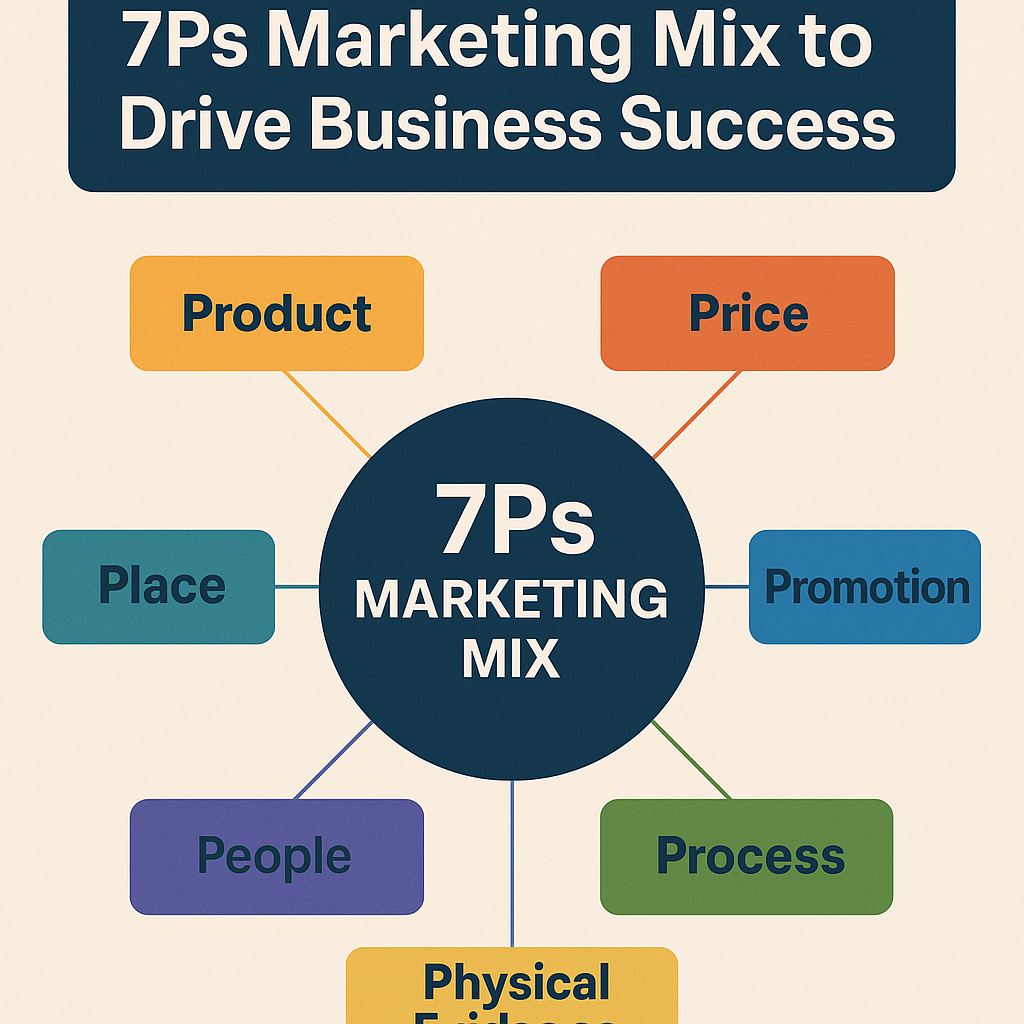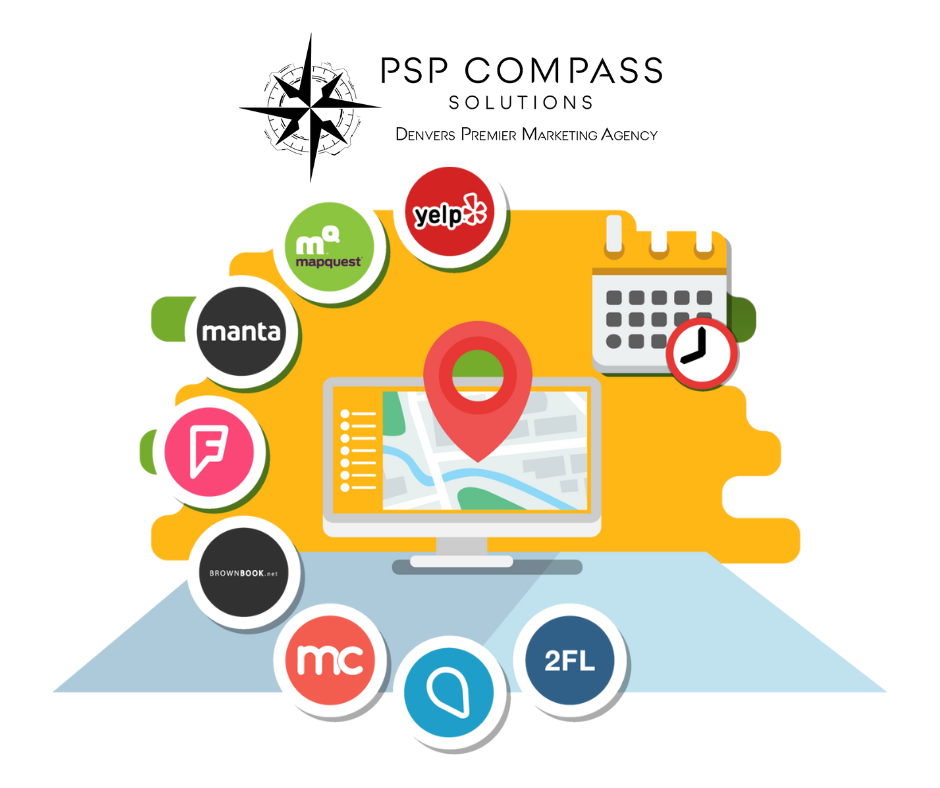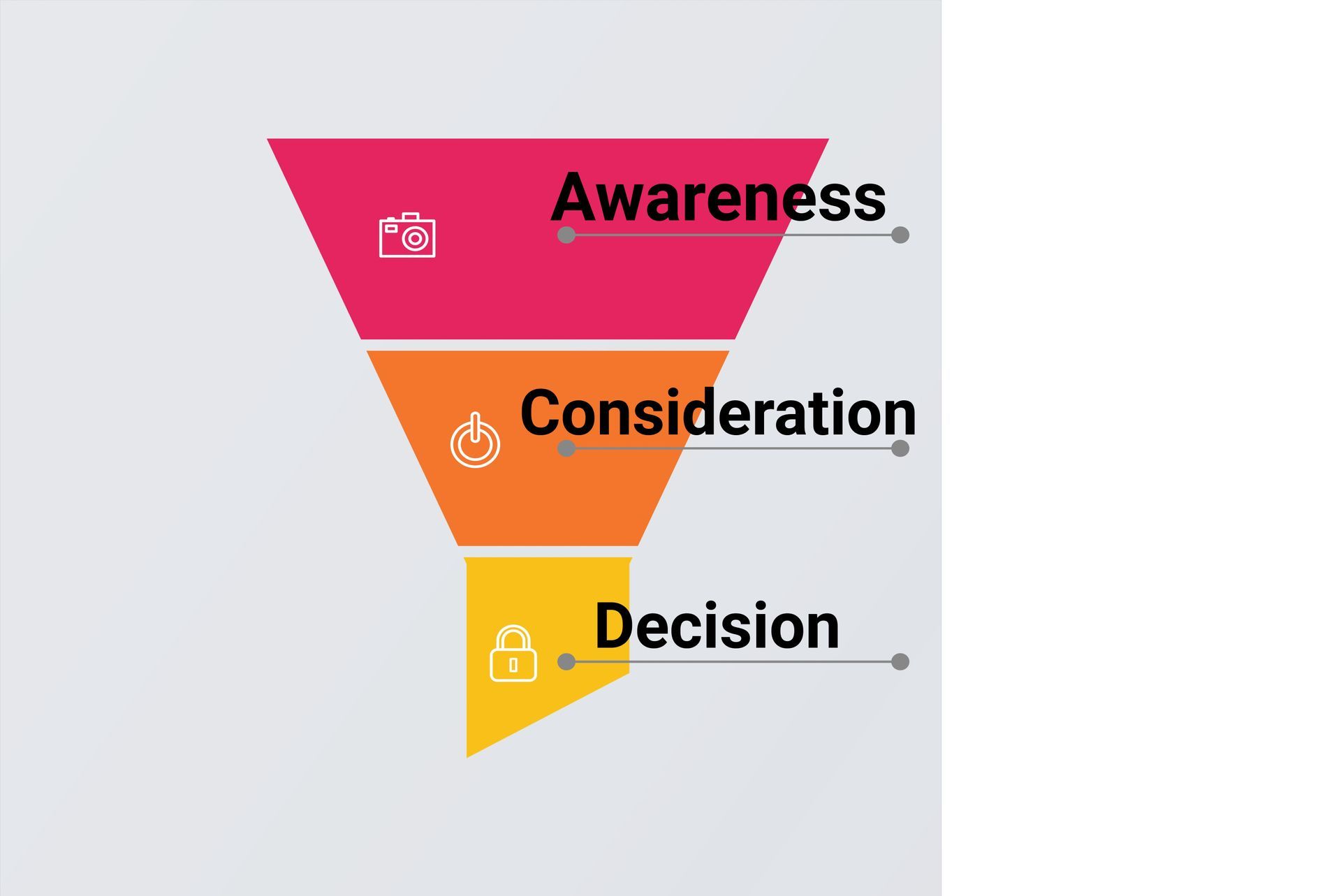Maximizing Your Website's Potential: A Guide to the Top 7 Indicators of Effective Web Design
In today's digital landscape, your website serves as the initial greeting, a welcoming smile, and a critical introduction to what your brand stands for. But is it effectively living up to its role? Here are seven crucial indicators to check whether your website is the star player of your marketing efforts or if it's due for an upgrade.
Simplicity Wins Over Complexity:
Your website's content should be the star of the show, straightforward, easy to scan, and digestible. opt for simplicity over complex, flashy designs. A website that's easy to navigate always outshines a complicated one, ensuring users find what they need without hassle.
Theoretical Example: Imagine entering a store looking for a specific item. If everything is neatly organized and clearly labeled, you'll find what you need quickly and might even browse more. A simple, well-organized website acts similarly, facilitating easy navigation and encouraging further exploration.
Mobile Optimization is Essential:
With smartphones being indispensable, your website's performance on mobile devices is paramount. Regularly enhance your site's mobile experience to ensure it's accessible and user-friendly. Great mobile design equates to great overall design.
Theoretical Example: Think about using your phone to browse the internet. A website that's hard to navigate on a mobile device is like a store with narrow aisles and cluttered shelves. Ensure your website is as welcoming and easy to navigate as a well-arranged physical space.
Social Media Links as Digital Signposts:
Your social media platforms are extensions of your brand's voice and presence. Ensure these are easily accessible from your website, serving as bridges that convert visitors into engaged community members.
Theoretical Example: Your social media links should act like directional signs in a shopping mall, guiding customers to various stores (in this case, your social media pages), enhancing their overall shopping experience and engagement with the brand.
Impactful Imagery Matters:
Choose imagery that speaks to your message and upholds your brand's integrity. Avoid generic stock photos that could dilute your website's authenticity. The right visuals enhance your content and reinforce your brand's message.
Theoretical Example: Just as the right décor in a store can attract and engage customers, the right imagery on your website can captivate visitors and communicate your brand's ethos effectively.
Effective Calls-to-Action:
CTAs are your website's signals, directing visitors toward desired actions. They should be conspicuous and compelling, prompting immediate clicks. Reevaluate your CTAs to ensure they're not just seen but acted upon.
Theoretical Example: Consider a CTA as a helpful store associate who guides the customer to the checkout or suggests trying out a new product. Your website's CTAs should be equally clear and assistive, guiding visitors toward the next steps.
Leverage SEO Strategically:
Incorporate meaningful content and strategic keyword placement, moving beyond outdated SEO tactics focused solely on search engine algorithms. Your content should resonate with real people and provide value, thereby signaling to search engines that your site is a credible resource.
Theoretical Example: SEO is like the signage that leads customers to a store within a mall. Just as effective signs are clear and lead customers directly to their destination, your SEO efforts should guide potential visitors straight to your website through relevant content and keywords.
Flawless Functionality is Fundamental:
Your website's functionality must be impeccable, serving its intended purpose efficiently, whether to inform, engage, sell, or connect. Prioritize performance and user experience over mere aesthetics.
Theoretical Example: Your website should operate as smoothly as a high-quality gadget. It should perform its functions seamlessly, offering users a frustration-free experience, just as a well-designed device fulfills its intended purpose without trouble.
Your Next Steps for a High-Performing Website:
Assessing these seven areas provides a roadmap to elevate your website's impact. If you find areas lacking, addressing them promptly can transform your site into a more effective marketing tool, just as strategic improvements can enhance a physical store's appeal and functionality.
Share this Blog Post on Social Media
















